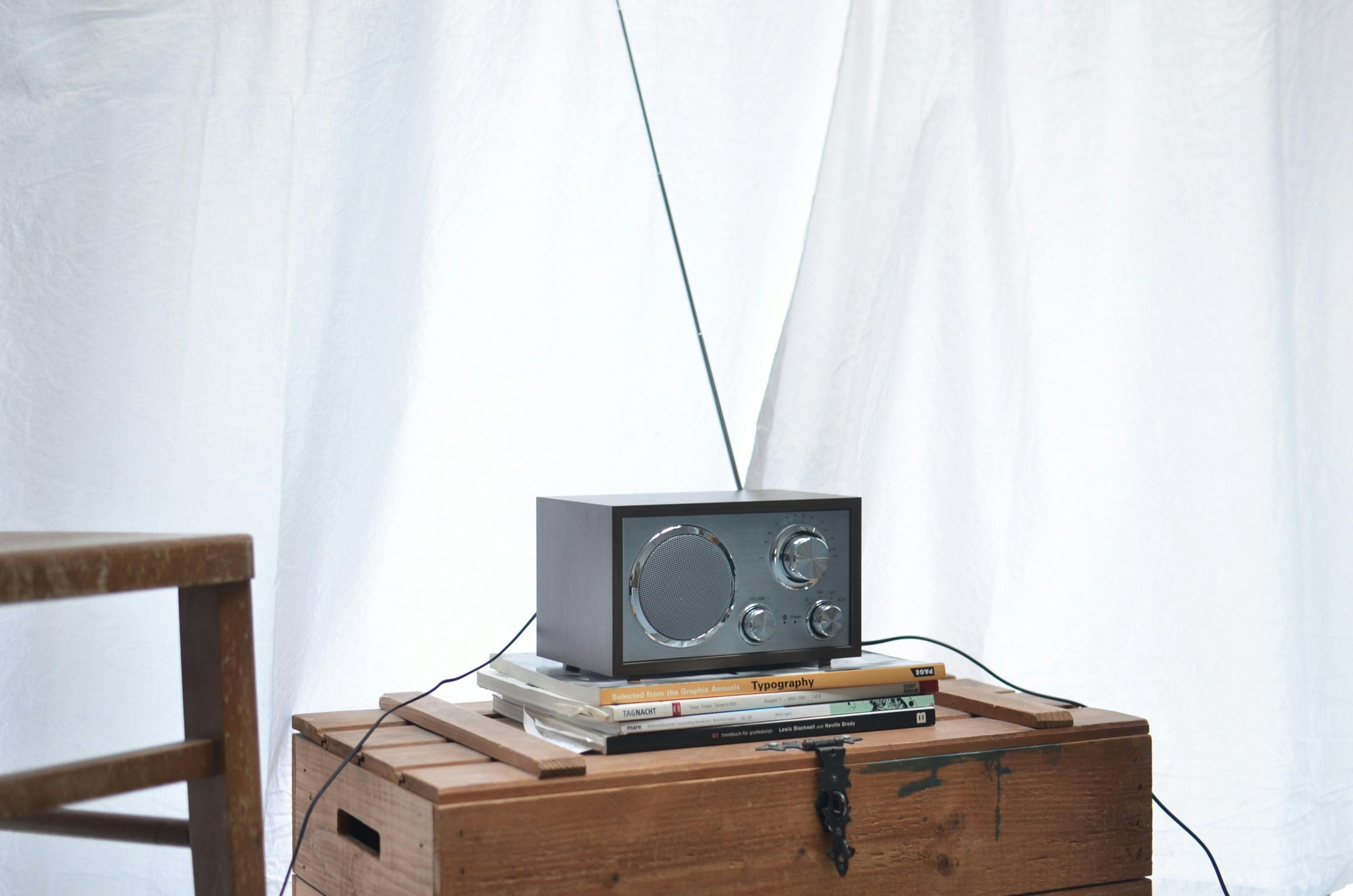
Introduction: Merging Old and Contemporary Home Decor Styles
There's an undeniable charm in blending antique furniture with a modern home decor style. The juxtaposition of distinct eras creates an unexpected yet harmonious blend that makes your space more personal and interesting. However, integrating antiques can seem daunting due to the fear of creating an outdated look. This comprehensive guide is here to help you master the art of mixing and matching old and new decor styles seamlessly.
Understanding the Value of Antique Furniture
Before delving into how to incorporate antiques into your modern space, let's focus on their inherent value. Antique furniture pieces are usually high in quality due to their age, craftsmanship, rarity, and condition. Beyond the functional aspect, they provide a unique aesthetic appeal and a sense of history that adds depth and character to your home. When used correctly, these pieces become conversation starters, giving your home a distinctive touch.
Identifying Your Style and Appreciating the Antique
In order to balance contemporary and traditional vibes, it's important to comprehend and appreciate both elements fully. Start with design books, home decor magazines, or online resources to gain insights into different styles and periods. Identify what contemporary design means to you. The trick is not to get too caught up in matching items too perfectly. Once you identify your modern style and understand the essence of the antique pieces, you can begin integrating them into your home.
Creating Balance between Old and New
Harmonizing modern and antique elements without overdoing either is crucial. You don't want your space to look like a museum or, conversely, like a contemporary showroom with a single out-of-place antique item. Here are tips to help you establish that equilibrium.
Consider using soft neutrals or monochromatic colors to create a seamless blend between antique furniture and modern accessories. The color palette plays a vital role in either emphasizing or grounding the vintage pieces, depending on the look you aim to achieve.
Modernizing Antiques
It's fine to modify antique pieces to give them a fresh look or make them more functional in a contemporary setting. For instance, you can repaint or reupholster an old chair, ensuring it complements your modern theme. But exercise caution, as extreme modifications may affect the value of the piece.
Use Antiques Strategically
Placement of antiques is another key aspect of incorporating them into your contemporary decor. They could serve as a centerpiece, act as a 'surprise' element, or discretely add to the narrative of your interiors. A strategically placed antique can draw the eye, start a conversation, and simultaneously contribute to the overall style of the room.
Antiques for Function and Form
One of the best ways to integrate antiques is by making them functional aspects of your home decor. Antique clocks, chandeliers, or even a vanity can serve a purpose while looking aesthetically appealing and lending character to the space.
Conclusion: Creating the Perfect Mix
There’s no ‘one-size-fits-all’ strategy for integrating antique furniture into a modern home, but with the tips shared above, you can start experimenting and creating a unique style blend. Thoughtfully incorporating antiques can transform your living space, making it a rich tapestry that weaves together the past and present, functional and aesthetic, the old and the new. So it's time to embrace that inherited teakwood chest or ornate mirror, and make them intrepid elements of your contemporary sanctuary.